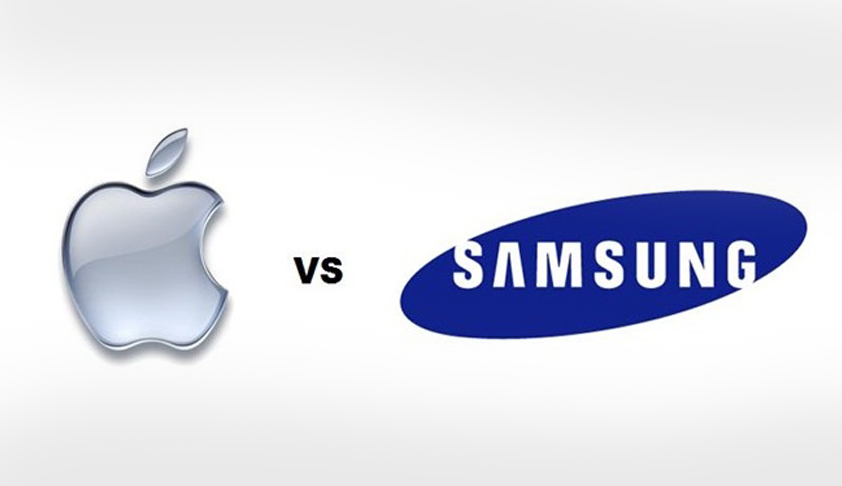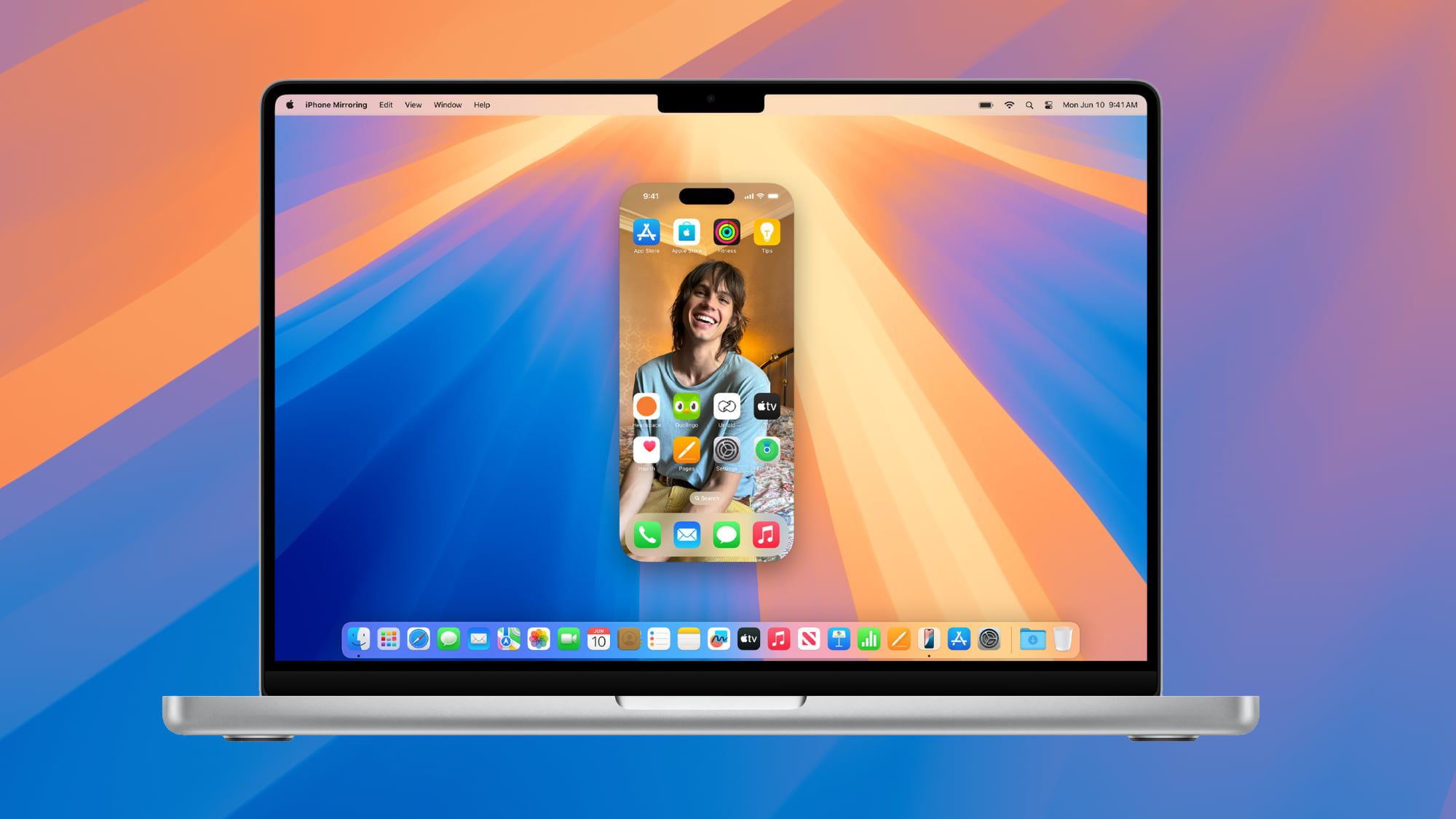You might have heard on social media that Apple automatically added Elon Musk’s Starlink to all iPhones. That’s not true. Here’s the simple truth: The iPhone can connect to Starlink, but only under certain conditions. Right now, in the United States, only one carrier, T-Mobile, uses Starlink for additional coverage on the iPhone.
Apple hasn’t directly teamed up with Starlink. T-Mobile uses its own frequency (band 25) to make this possible, and the iPhone supports this band. There’s nothing unique in iOS 18.3 related to Starlink; it just supports T-Mobile’s latest network updates.
If you’re a T-Mobile customer and you don’t want to use Starlink, you can turn it off easily. Go to your iPhone’s Settings, then Cellular, find your carrier and switch off Satellite. Apple has also shared some info on how iPhones work with satellite services provided by carriers. This document explains how these services differ from Apple’s satellite network.
To use these carrier satellite services, you’ll need:
- An iPhone 14, 15, or 16
- The newest iOS update
- A compatible carrier
- Possibly, a specific plan from your carrier
When your iPhone uses these services, you’ll see “SAT” in the status bar. Remember, there might be extra charges or data limits, so check with your carrier for details.
Starlink can provide internet like other companies such as Spectrum or Xfinity, for homes, on the go, or even on boats and planes. But with T-Mobile, it’s currently limited to sending texts when you’re out of regular network range. This is in beta, and you need to sign up on T-Mobile’s site to use it.
In the future, T-Mobile might expand this to include more mobile data services through Starlink. But remember, Starlink isn’t a phone company; that’s why they work with T-Mobile. Don’t skip updating to iOS 18.3 just because of Starlink rumors. Updating keeps your iPhone safe and running smoothly with the latest features and fixes.






